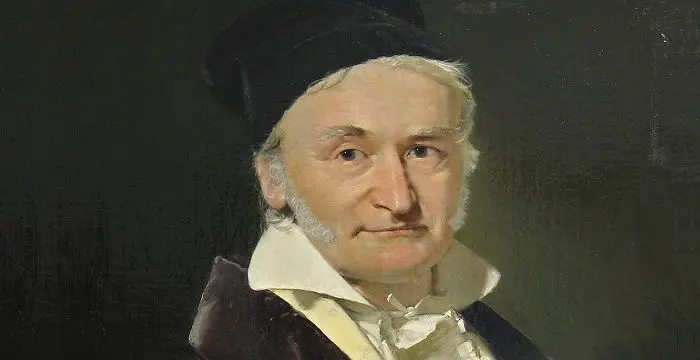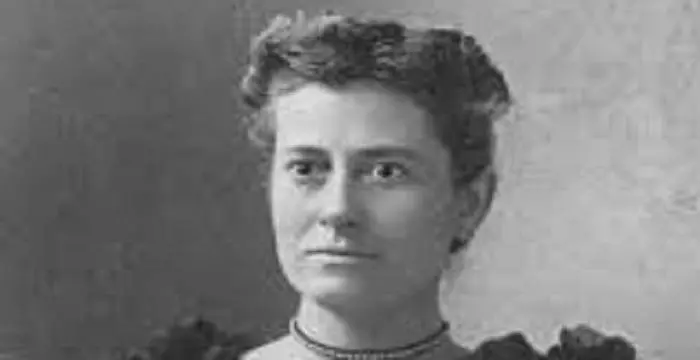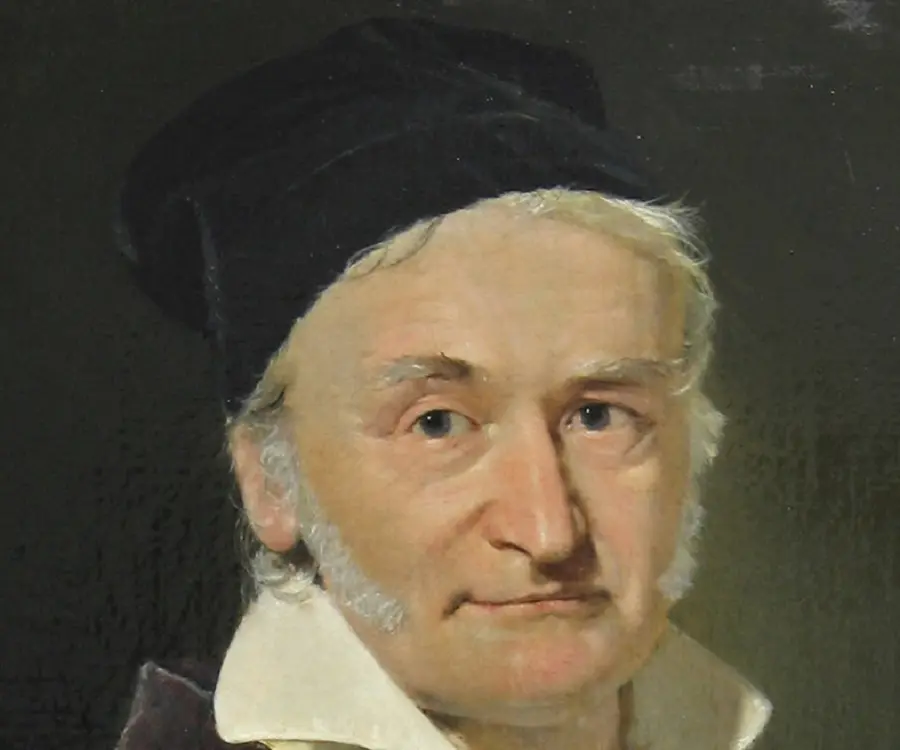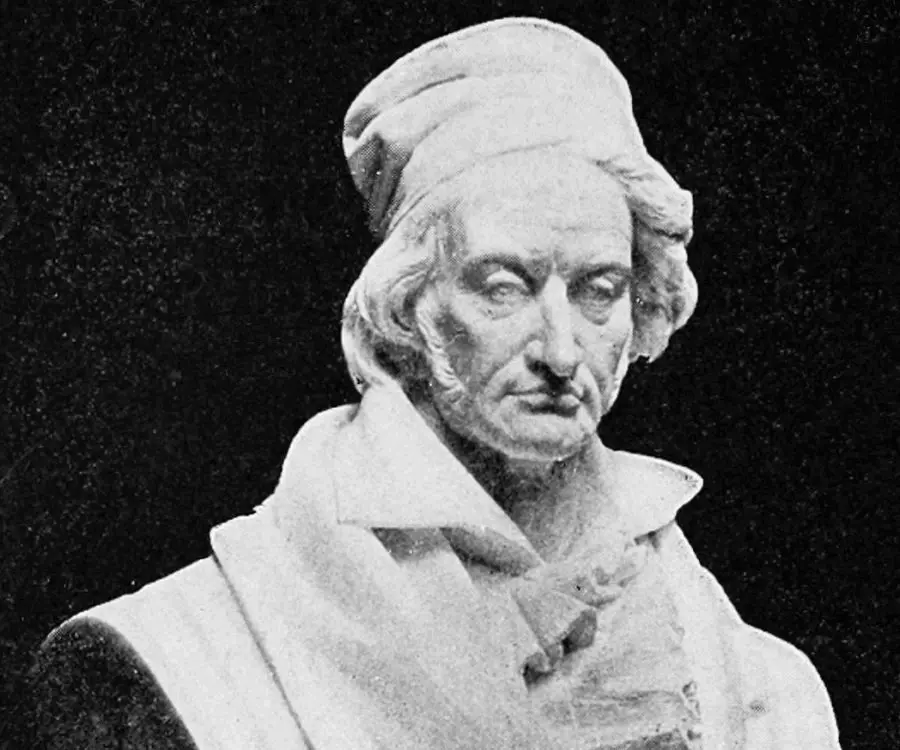
Carl F. Gauss - Scientists, Family and Life
Carl F. Gauss's Personal Details
Carl F
| Information | Detail |
|---|---|
| Birthday | April 30, 1777 |
| Died on | February 23, 1855 |
| Nationality | German |
| Famous | Scientists, Mathematicians, Astronomers |
| Spouses | Friederica Wilhelmine Waldeck (m. ?–1831), Johanna Osthoff (m. ?–1809) |
| Known as | Johann Carl Friedrich Gauss |
| Universities |
|
| Discoveries / Inventions |
|
| Birth Place | Braunschweig, Duchy of Brunswick-Wolfenbüttel, Holy Roman Empire |
| Gender | Male |
| Sun Sign | Taurus |
| Born in | Braunschweig, Duchy of Brunswick-Wolfenbüttel, Holy Roman Empire |
| Famous as | Mathematician |
| Died at Age | 77 |
// Famous Astronomers
Jabir Ibn Hayyan
Jabir Ibn Hayyan was a medieval era polymath. Check out this biography to know about his life, works and achievements.
Isaac Newton
Isaac Newton was an English scientist and mathematician, who discovered gravitation and Newtonian Mechanics. Read this biography to find more on his life.
Henrietta Swan Leavitt
Henrietta Swan Leavitt was an American astronomer. Check out this biography to know about her childhood, family, personal life, discoveries, achievements, etc.
Carl F. Gauss's photo
Who is Carl F. Gauss?
Johann Carl Friedrich Gauss was a German mathematician and astronomer who is ranked as one of history's most influential mathematicians. Often referred to as the Princeps mathematicorum ("the Prince of Mathematicians") and "greatest mathematician since antiquity", he made significant contributions to several fields including number theory, algebra, statistics, analysis, geometry, astronomy, and matrix theory. Born to poor working-class parents in Brunswick, he started displaying evidence of his genius while he was just a young child. A child prodigy, he is said to have corrected an error in his father’s payroll calculations as a small boy of three. He began to astonish his teachers with his brilliance at school and made his first ground-breaking mathematical discovery while he was still a teenager. Even though his parents were poor, he found a patron in the Duke of Brunswick who recognized his intelligence and sent him to the prestigious University of Göttingen. Eventually he established himself as a prominent mathematician in Germany and his reputation soon spread internationally. He made notable contributions to almost all fields in mathematics, but his favorite area was number theory, a field which he revolutionized with his work on complex numbers. He also published many books including ‘Disquisitiones Arithmeticae’ which is regarded as one of the most influential mathematics books ever written.
// Famous Scientists
Juliane Koepcke
Juliane Koepcke is a German-Peruvian biologist, who was the lone survivor among the 92 passengers and crew of the ill-fated LANSA Flight 508 that crashed in the Peruvian rainforest on 24 December 1971. Know more about her life in this biography.
Henry Cavendish
Henry Cavendish was a theoretical chemist and physicist, renowned for discovery of hydrogen and calculation of the mass of earth. To know more about his childhood, profile, timeline and career read on
Konstantin Tsiolkovsky
Konstantin Tsiolkovsky was a Russian rocket scientist and a pioneer of astronautics. This biography provides detailed information about his childhood, family, personal life, career, achievements, etc.
Childhood & Early Life
Carl Gauss was born on 30 April 1777 in Brunswick (Braunschweig), in the Duchy of Brunswick-Wolfenbüttel into a poor family. He was the only child of his parents. His mother was illiterate and did not even record the date of his birth. Later on Gauss himself calculated the date based on snippets of information provided by his mother.
He was a child prodigy and started displaying signs of his brilliance as a toddler. He was just three when he corrected an error in his father’s payroll calculations. As a seven year old he dazzled his school teachers by quickly summing up the integers from 1 to 100. He was already criticizing Euclid’s geometry by the time he was 12.
Even though his parents were poor, he luckily found a kind patron in the Duke of Brunswick who recognized the boy’s intellectual capabilities and provided him financial assistance for acquiring higher education. Gauss attended the Collegium Carolinum from 1792 to 1795, and the University of Göttingen from 1795 to 1798.
As a university student he began discovering or independently rediscovering several important mathematical concepts and theorems. His first major work occurred in 1796 when he demonstrated that a regular polygon of 17 sides can be constructed by ruler and compass alone. This was a major discovery in the field of mathematics as construction problems had baffled mathematicians for centuries.
In his doctoral thesis in 1799, he proved the fundamental theorem of algebra which states that every non-constant single-variable polynomial with complex coefficients has at least one complex root. He would produce three other proofs in future.
Career
Carl Gauss published the book ‘Disquisitiones Arithmeticae’ (Arithmetical Investigations) in 1801. He introduced the symbol ‘≡’ for congruence in this book and gave the first two proofs of the law of quadratic reciprocity.
He also had a deep interest in theoretical astronomy. Gauss made a prediction regarding the position of the planetoid Ceres, which was first discovered by astronomer Giuseppe Piazzi in 1800. Ceres, however, disappeared behind the sun before the astronomers could collect enough data to predict the accurate date of its reappearance. Gauss worked hard with the limited data available and made a prediction.
Ceres was rediscovered in December 1801, and its position was almost exactly where Gauss had predicted—his prediction turned out to be accurate within a half-degree. However, Gauss did not reveal his method of calculation and claimed to have done the logarithmic calculations in his head.
His 1809 work ‘Theoria motus corporum coelestium in sectionibus conicis solem ambientum’ (Theory of motion of the celestial bodies moving in conic sections around the Sun), was based upon the discovery of Ceres. He introduced what came to be known as Gaussian gravitational constant in this work.
In 1818, Gauss embarked on a geodesic survey of the Kingdom of Hanover. This was a long term project that lasted till 1832. To aid the survey, he invented the heliotrope—an instrument that reflects the Sun’s rays in a focused beam over great distances, to measure positions.
In the 1830s, he became interested in terrestrial magnetism and participated in the first worldwide survey of the Earth’s magnetic field. During the course of this survey he invented the magnetometer.
He published the work ‘Dioptrische Untersuchungen’ in 1840 in which he detailed the first systematic analysis on the formation of images under a paraxial approximation. He showed that under a paraxial approximation an optical system can be characterized by its cardinal points.
He became an associated member of the Royal Institute of the Netherlands in 1845. When the institute became the Royal Netherlands Academy of Arts and Sciences in 1851, he joined as a foreign member.
Major Works
His textbook on number theory, ‘Disquisitiones Arithmeticae’, discussed important results in number theory obtained by prominent mathematicians such as Fermat, Euler, Lagrange and Legendre, along with Gauss’s own important new results. Considered highly influential at the time of its first publication, the book remained influential up until the 20th century.
Carl Gauss formulated the Gauss’s law which related the distribution of electric charge to the resulting electric field. The law can be used to derive Coulomb's law, and vice versa.
He invented the heliotrope, an instrument that uses a mirror to reflect sunlight over great distances with the purpose of marking positions in a land survey. Heliotropes were used in surveys in Germany up to the late 1980s, when GPS measurements replaced the use of the heliotrope in long distance surveys.
Awards & Achievements
In 1810, he was honored with the Lalande Prize by the French Academy of Sciences in recognition of his contributions to astronomy.
He was awarded the prize of the Danish Academy of Sciences in 1823 for his study of angle-preserving maps.
He was presented with the Copley Medal by the Royal Society, London, in 1838 "for his inventions and mathematical researches in magnetism”.
Personal Life & Legacy
Carl Gauss’s first marriage was to Johanna Osthoff which resulted in the birth of three children. Johanna died in 1809. Even though shattered, he never let his personal tragedies affect his professional life.
He later married Johanna's best friend, Friederica Wilhelmine Waldeck. He had three children from this marriage too. His second wife died in 1831 after a long illness.
One of his daughters, Therese, took care of the aging mathematician during his later years. He died on 23 February 1855, aged 77.
The Carl Friedrich Gauss Prize for Applications of Mathematics, named in his honor, was launched in 2006 by the International Mathematical Union and the German Mathematical Society for "outstanding mathematical contributions that have found significant applications outside of mathematics".
// Famous Mathematicians
Grigori Perelman
Grigori Perelman is a Russian mathematician who is best known for his contributions to Riemannian geometry and geometric topology. Check out this biography to know about his childhood, family life, achievements and fun facts about him.
Terence Tao
Terence Tao is an Australian- American mathematician who has contributed enormously to the field of mathematics. Check out this biography to know about his childhood, family life and achievements.
Isaac Newton
Isaac Newton was an English scientist and mathematician, who discovered gravitation and Newtonian Mechanics. Read this biography to find more on his life.
Carl F. Gauss's awards
| Year | Name | Award |
|---|---|---|
Other | ||
| 0 | 1838 - Copley Medal | |
Carl F. Gauss biography timelines
- // 30th Apr 1777Carl Gauss was born on 30 April 1777 in Brunswick (Braunschweig), in the Duchy of Brunswick-Wolfenbüttel into a poor family. He was the only child of his parents. His mother was illiterate and did not even record the date of his birth. Later on Gauss himself calculated the date based on snippets of information provided by his mother.
- // 1792 To 1798Even though his parents were poor, he luckily found a kind patron in the Duke of Brunswick who recognized the boy’s intellectual capabilities and provided him financial assistance for acquiring higher education. Gauss attended the Collegium Carolinum from 1792 to 1795, and the University of Göttingen from 1795 to 1798.
- // 1799In his doctoral thesis in 1799, he proved the fundamental theorem of algebra which states that every non-constant single-variable polynomial with complex coefficients has at least one complex root. He would produce three other proofs in future.
- // 1801Carl Gauss published the book ‘Disquisitiones Arithmeticae’ (Arithmetical Investigations) in 1801. He introduced the symbol ‘≡’ for congruence in this book and gave the first two proofs of the law of quadratic reciprocity.
- // 1809His 1809 work ‘Theoria motus corporum coelestium in sectionibus conicis solem ambientum’ (Theory of motion of the celestial bodies moving in conic sections around the Sun), was based upon the discovery of Ceres. He introduced what came to be known as Gaussian gravitational constant in this work.
- // 1809Carl Gauss’s first marriage was to Johanna Osthoff which resulted in the birth of three children. Johanna died in 1809. Even though shattered, he never let his personal tragedies affect his professional life.
- // 1810In 1810, he was honored with the Lalande Prize by the French Academy of Sciences in recognition of his contributions to astronomy.
- // 1818 To 1832In 1818, Gauss embarked on a geodesic survey of the Kingdom of Hanover. This was a long term project that lasted till 1832. To aid the survey, he invented the heliotrope—an instrument that reflects the Sun’s rays in a focused beam over great distances, to measure positions.
- // 1823He was awarded the prize of the Danish Academy of Sciences in 1823 for his study of angle-preserving maps.
- // 1831He later married Johanna's best friend, Friederica Wilhelmine Waldeck. He had three children from this marriage too. His second wife died in 1831 after a long illness.
- // 1838He was presented with the Copley Medal by the Royal Society, London, in 1838 "for his inventions and mathematical researches in magnetism”.
- // 1840He published the work ‘Dioptrische Untersuchungen’ in 1840 in which he detailed the first systematic analysis on the formation of images under a paraxial approximation. He showed that under a paraxial approximation an optical system can be characterized by its cardinal points.
- // 1851He became an associated member of the Royal Institute of the Netherlands in 1845. When the institute became the Royal Netherlands Academy of Arts and Sciences in 1851, he joined as a foreign member.
- // 23rd Feb 1855One of his daughters, Therese, took care of the aging mathematician during his later years. He died on 23 February 1855, aged 77.
// Famous Taurus Celebrities peoples
Jason Simpson
Jason Simpson is the son of former NFL running back, broadcaster and actor O. J. Simpson. Check out this biography to know about his childhood, family, life, and little known facts about him.
Sophie Reade
Sophie Victoria Reade is a British model and reality show star. Let’s take a look at her family and personal life, including her age, birthday, boyfriends, and some interesting facts.
ASMR Aspen
ASMR Aspen is an American YouTuber. Check out this biography to know about her birthday, childhood, family life, achievements and fun facts about her.
Bertil Gotthard Ohlin
Bertil Gotthard Ohlin was a famous Swedish economist. This biography profiles his childhood, family life & achievements.
Josh Temple
Check out all that you wanted to know about Josh Temple (Slogoman), the famous British YouTube Personality; his birthday, his family and personal life, his girlfriends, fun trivia facts and more.
Aidan Prince
Aidan Prince is an American dancer, actor and vlogger. Let’s have a look at his family and personal life including age, date of birth, net worth, and fun facts.
Carl F. Gauss's FAQ
What is Carl F. Gauss birthday?
Carl F. Gauss was born at 1777-04-30
When was Carl F. Gauss died?
Carl F. Gauss was died at 1855-02-23
Where was Carl F. Gauss died?
Carl F. Gauss was died in Göttingen, Kingdom of Hanover
Which age was Carl F. Gauss died?
Carl F. Gauss was died at age 77
Where is Carl F. Gauss's birth place?
Carl F. Gauss was born in Braunschweig, Duchy of Brunswick-Wolfenbüttel, Holy Roman Empire
What is Carl F. Gauss nationalities?
Carl F. Gauss's nationalities is German
Who is Carl F. Gauss spouses?
Carl F. Gauss's spouses is Friederica Wilhelmine Waldeck (m. ?–1831), Johanna Osthoff (m. ?–1809)
What was Carl F. Gauss universities?
Carl F. Gauss studied at University of Helmstedt, Georg-August University of Göttingen
What is Carl F. Gauss's inventions/discoveries?
Mathematical Discoveries was invented (or discovered) by Carl F. Gauss
What is Carl F. Gauss's sun sign?
Carl F. Gauss is Taurus
How famous is Carl F. Gauss?
Carl F. Gauss is famouse as Mathematician
















